I fell in love, instantly, the first time I saw an Aerochrome image, all those otherworldly colours! But the skin tones aren’t impacted? Absolute film magic!
For me, it was the incredible work of Richard Mosse that got me hooked, but with a little bit of digging, I started finding images like Elliot Landy’s portrait of Bob Dylan and the US cover of Jimi Hendrix’s Are You Experienced album
Developed by Kodak in conjunction with the US Military, Aerochrome was manufactured from 1942 to 2009 – there’s a good history and associated information over at AnalogueCafe. Sometime after manufacture finished, Dean Bennici, scoured the world and bought up whatever remaining stock he could find, from places like the US Forestry Service, typically in rolls that were made for aerial photography, and started cutting it down and hand rolling onto 120 spools.
I had to give it a try!
In February 2019, I bought 4 rolls for US$160 – in those days all my 120 images were 6×6, so at US$40/roll, it cost US$3.33/frame. With the exchange rates of the time, that was about A$4.70/frame. In other words, bloody expensive.
I made a complete hash of the first roll – I didn’t follow the instructions on Dean’s website, but rather something that had been written for aerial photography that called for adjusting the ISO for the altitude.
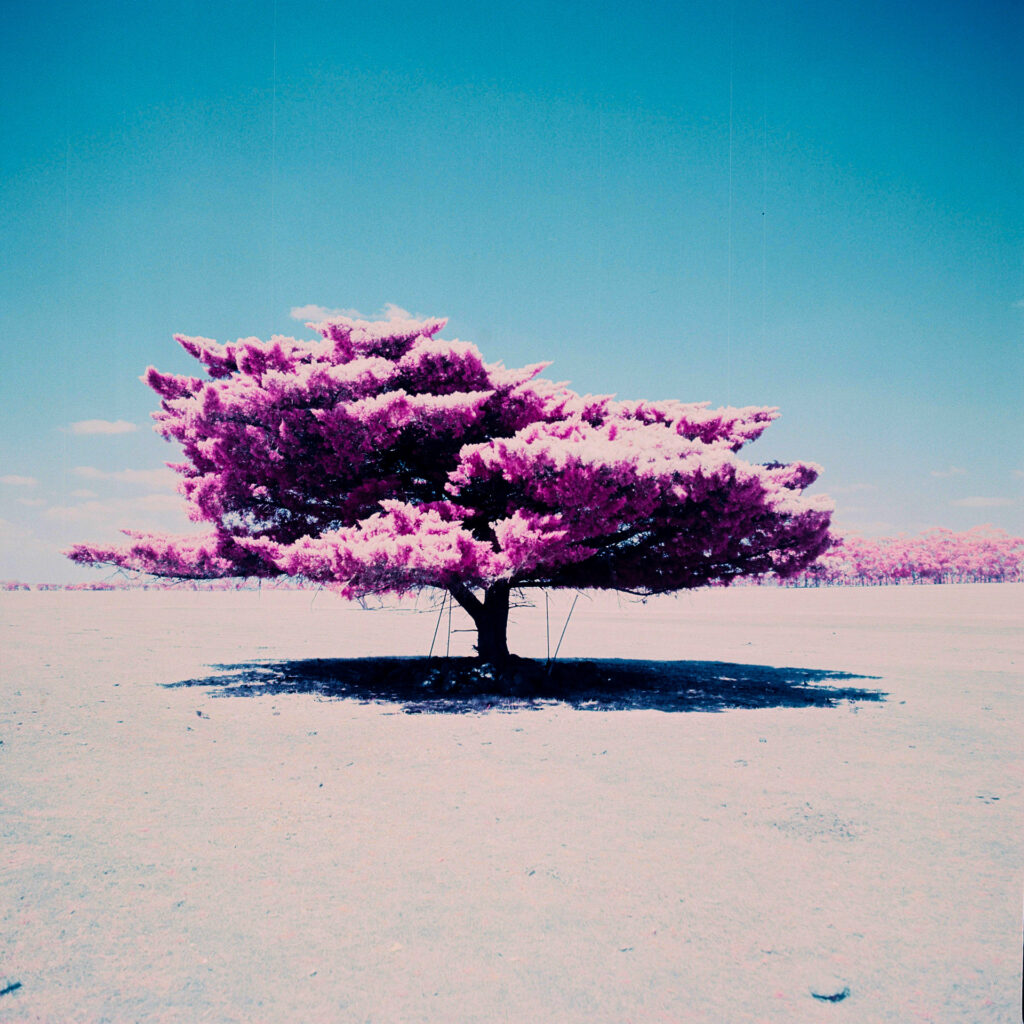
Rolls two and three were much better, but I realised very quickly that a gimmick doesn’t make for good photography, and that you need to understand how the tools you’re using work to get the most out of the them.
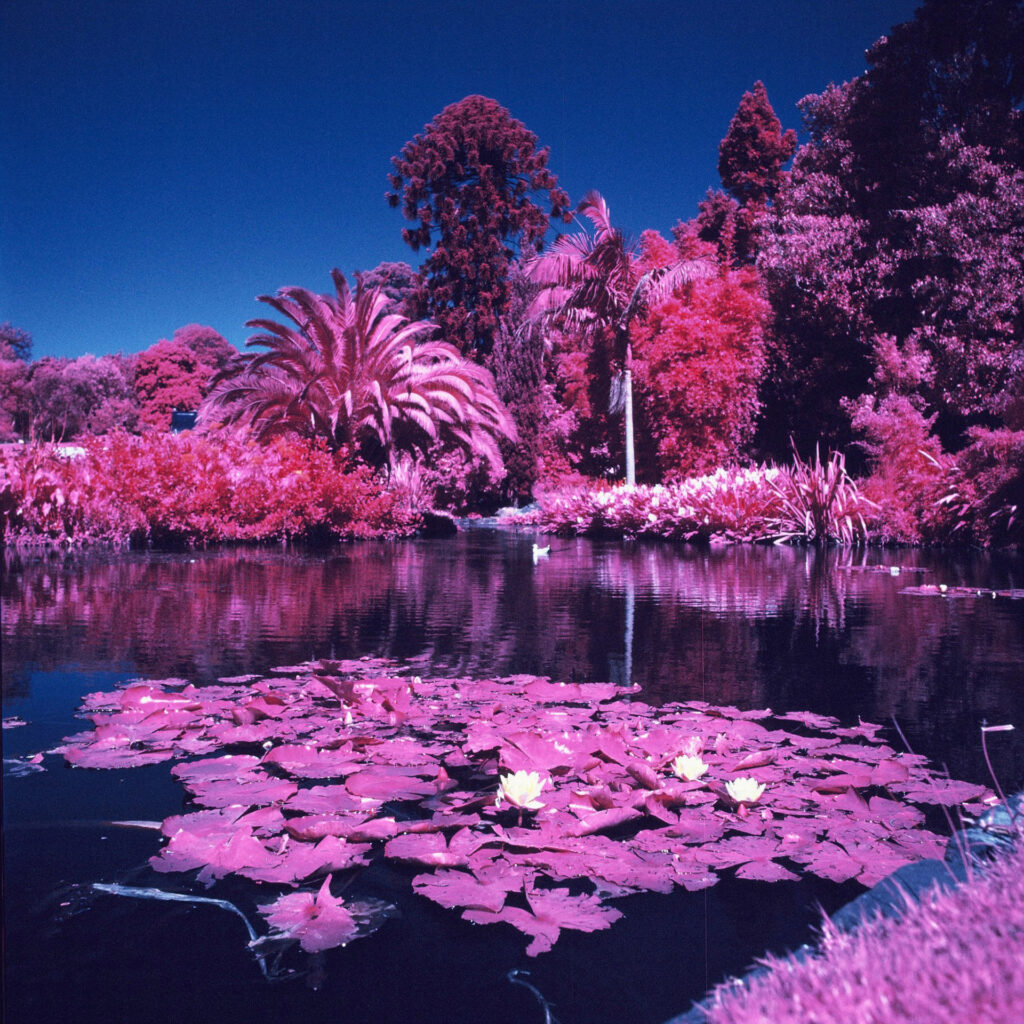
Hasselblad 503 CX and 80mm f/2.8. Mid Yellow Filter.
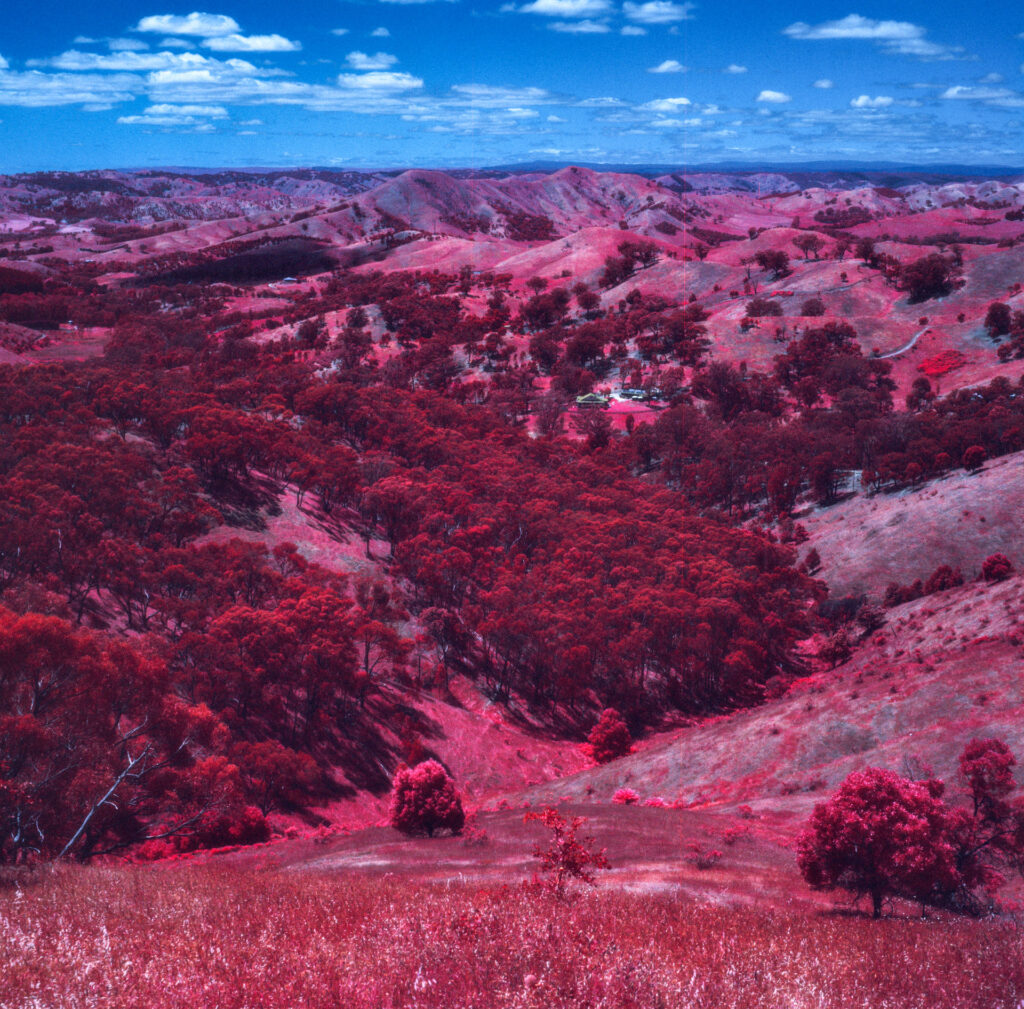
Hasselblad 503 CX and 80mm f/2.8. Mid Yellow Filter.
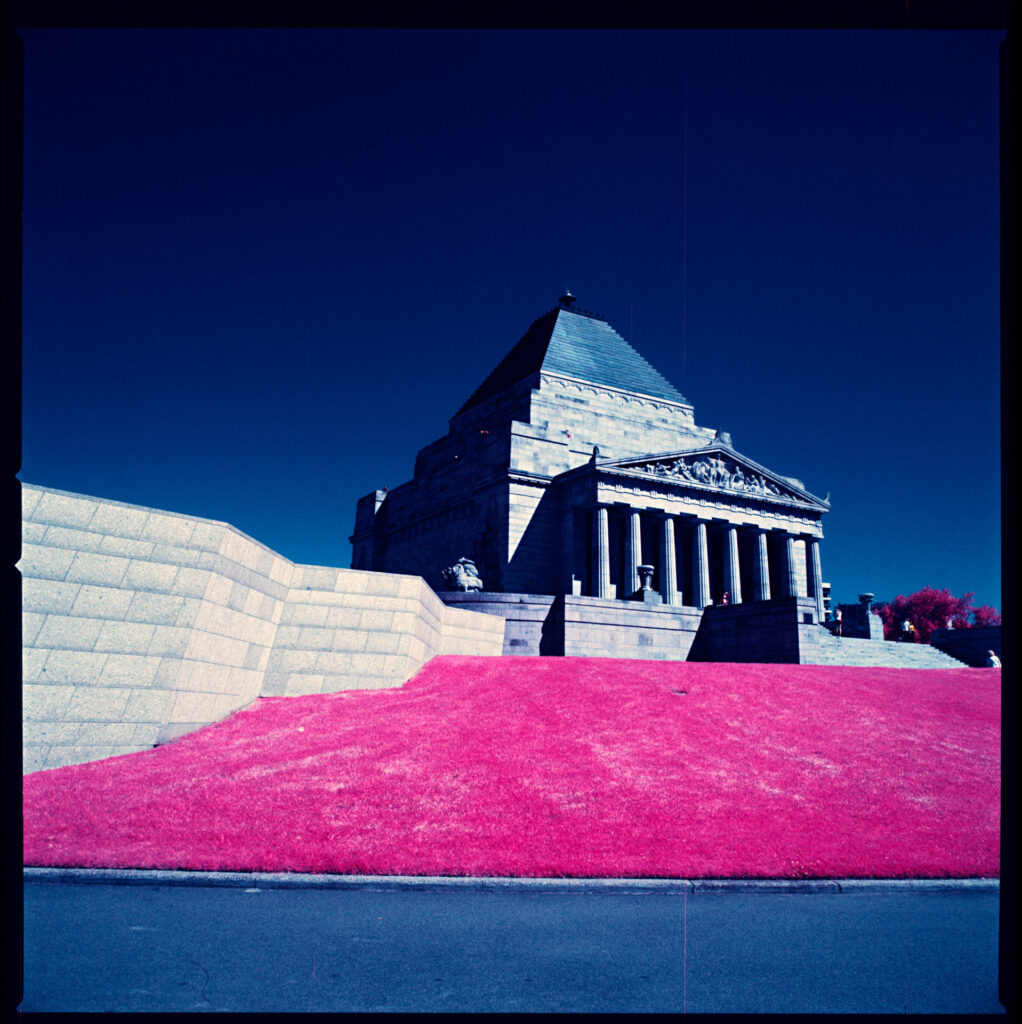
Hasselblad 503 CX, 80mm f/4 Yellow filter
With a couple of rolls still in my freezer, in December 2019, I received a Holiday Special offer from Dean: 6 rolls for €180. With no hesitation, I ordered a six-pack thinking “I’ll turn this into an amazing project”. I don’t know whose fault it was – Deutsche or Australia Post – but they never arrived. In March 2020, Dean resent the film, and I tucked it away safely, next to the frozen peas.
Living in what became the most COVID-19 locked-down city in the world (Melbourne, 262 days in total) meant there weren’t many opportunities for my ‘brilliant’ Aerochrome project (whose details are still shrouded in secrecy) to get started.
Around the end of 2023, realising I was unlikely to come up with a project worthy of the rapidly appreciating film in my freezer, I listed my remaining 5 rolls on FB Marketplace. And they sold, very quickly, for, I recall, A$1,250. While I’m not overly sentimental about such things, I’m glad they were purchased by someone who’ll put them to good use: Australian landscape photographer, Rob Walwyn. I’ve seen an exhibition of Rob’s work, documenting, with Areochrome, the regrowth of the Australian bush after the devastating fires of our 19/20 summer. I’m happy they’ve gone to a good home.
The 10 rolls I purchased from Dean averaged A$52/roll, and I sold the remaining 5 for A$250 each, so a tidy profit was made (which went into funding some ‘essential’ gear that I ‘needed’ to buy, yes, I have GAS).
And that’s where my Aerochrome story would end, except ….. We’ve got a spare fridge in our shed. And I discovered in March this year, that somehow there was a roll of Areochrome hiding in a drawer in the freezer. I don’t remember putting it there, but I doubt the Film Fairies left it for me.
I thought about selling the roll and checked prices on eBay. Including shipping, they ranged from A$485 to $575/roll, or in per frame terms, somewhere between A$40 and $55 for 6×6 or ‘only’ A$30 to $45 a frame for 6×4.5. Almost as good an investment as shares in Nvidia.
I couldn’t be sure about the way the roll had been stored. I think the freezer is ok, but I wasn’t going to sell it and have someone ask for a refund because it wasn’t usable. Which meant I needed a one roll project, and I decided to try some portraiture. This isn’t your typical portraiture emulsion, and while it doesn’t overly impact on skin tones, it does turn lips green.
I enlisted Grace Monique Shuen Le as my portrait subject. We’d done a studio portrait session on film before, she’s wonderful to work with, she has a strong presence both in front of the camera and behind it, and a sense of adventure – I showed her the sort of images we might be making (I didn’t know what condition the film was in) and she jumped at the chance. Off we headed, on a sunny early Autumn morning, for Melbourne’s Royal Botanic Gardens .. plenty of lush vegetation to use as backgrounds.
The camera I chose was my Bronica RF645, which has two advantages for this shoot over my Hasselblad 503: 16 frames instead of 12, and an excellent built-in meter. The downside is the 65mm focal length vs. the Hasselblad’s 80 or 120mm. I could have worked with the ‘Blad and a handheld meter, maybe made more ‘portraity’ images, but at the cost per image, the extra frame count won.
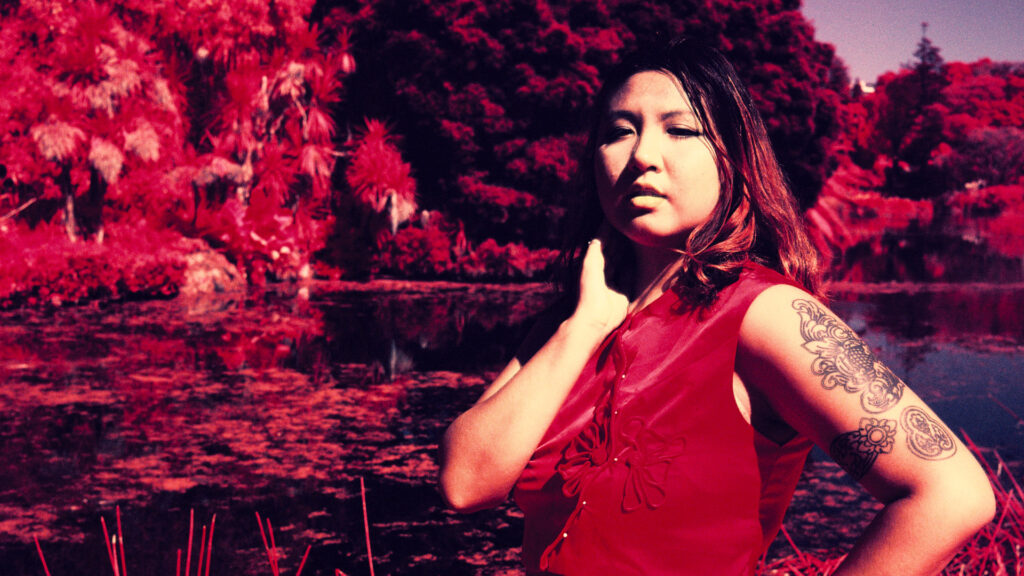
Bronica RF645, 60mm f/4. Orange filter
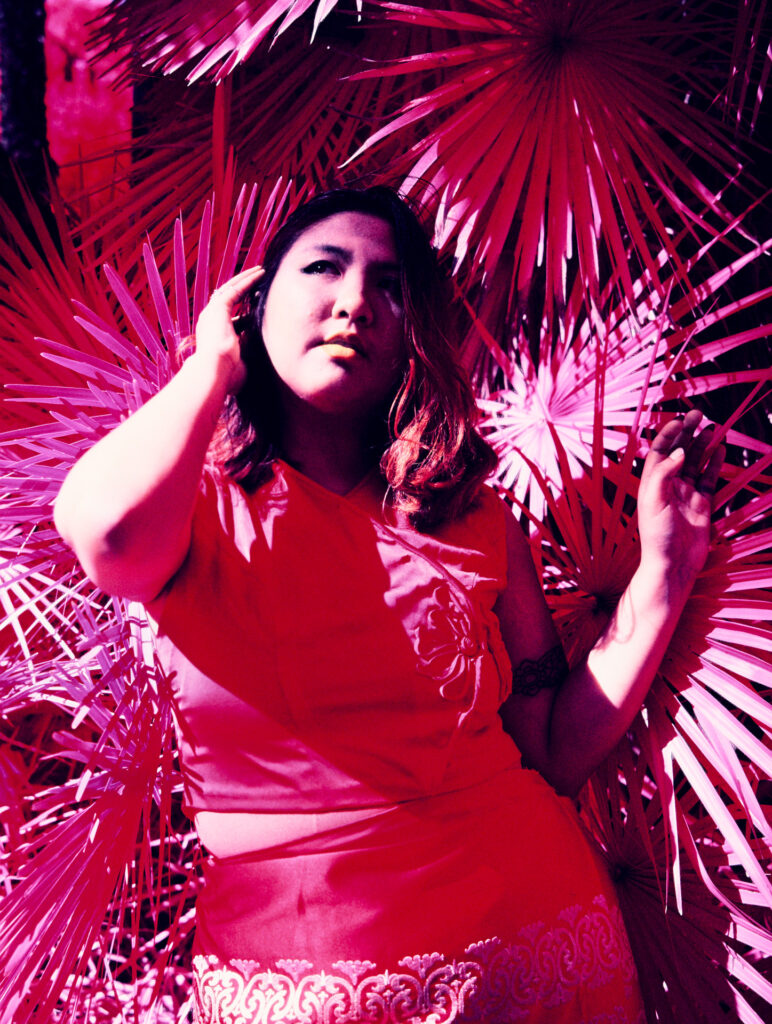
Bronica RF645, 60mm f/4. Yellow filter
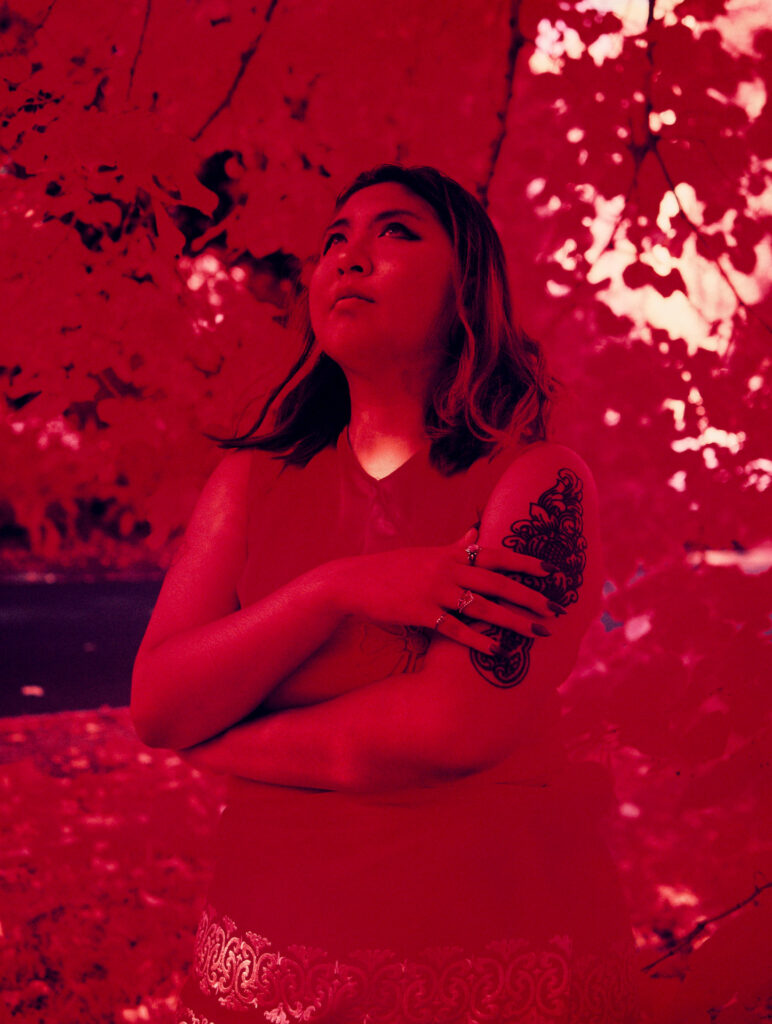
We had a great morning, powered through the Aerochrome, along with a roll of Ektar 100 on my Nikon FA, and made some truly otherworldly images.
If the cost of Aerochrome was no barrier would I be buying more? Probably not.
I had fun shooting it, I’ve made a handful of images that I’m really proud of (including the 2nd, 3rd and 4th in this post) but I’m not a big landscape photographer. And while I’d like to try to make some portraits where the subject looks a little more like they look on, say, Portra 400, even if it is with a bright pink background, I think I’d wear out the gimmick fairly quickly.
And at $40 every time I click the shutter? I’d had my fun, I’ll move on to the next crazy idea thanks.
Share this post:
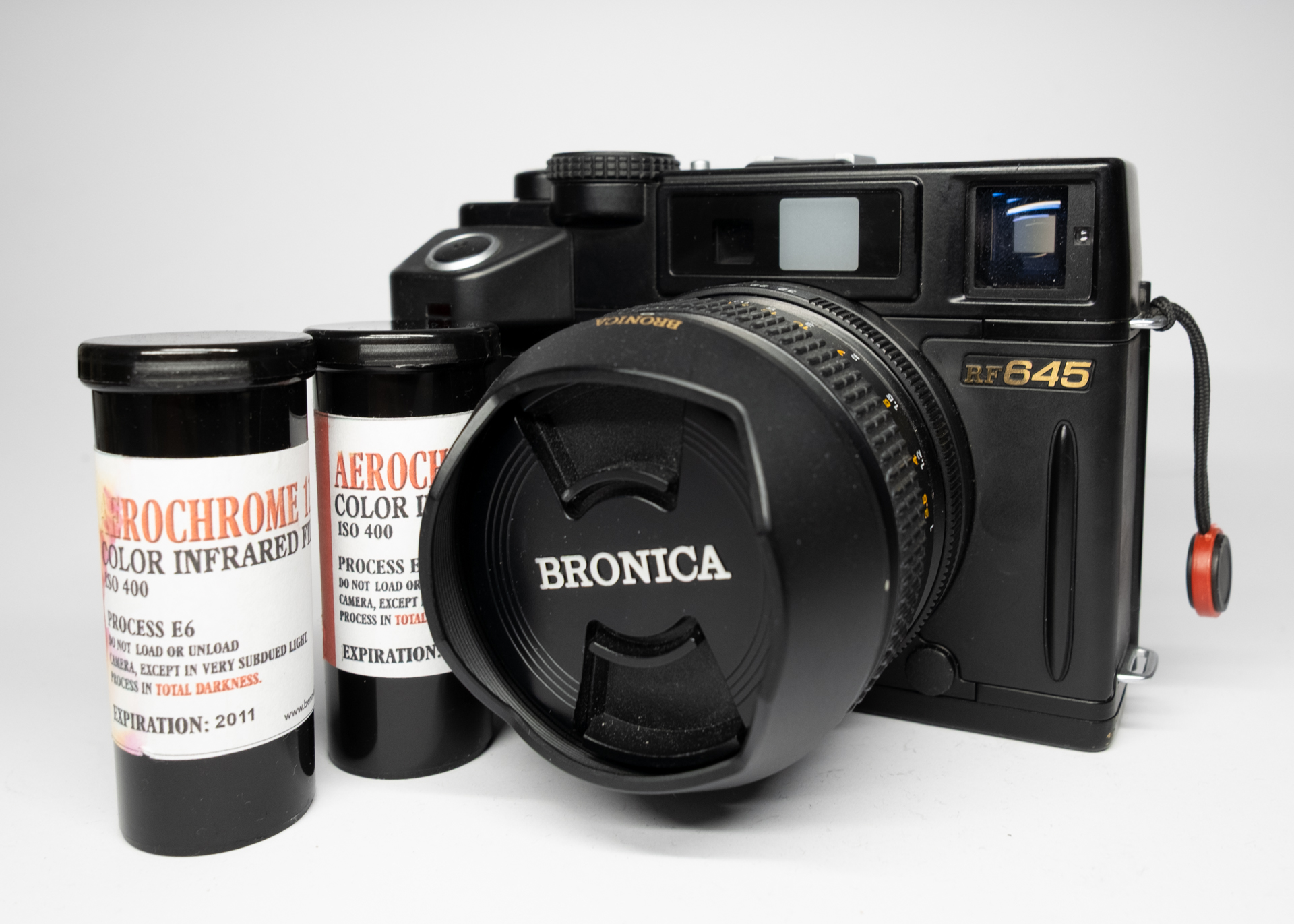
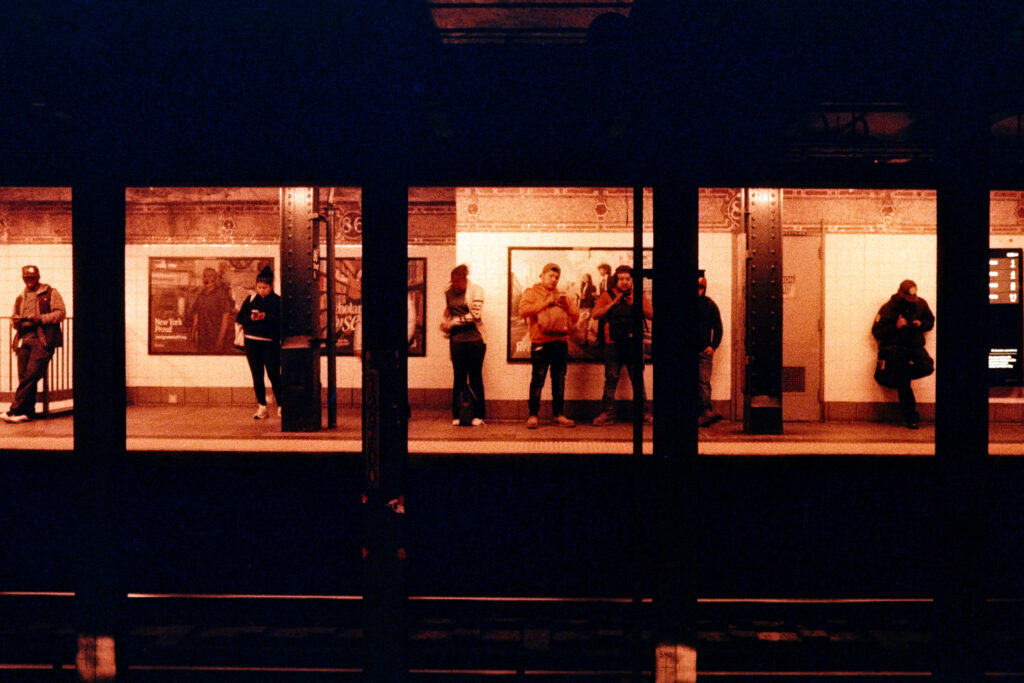
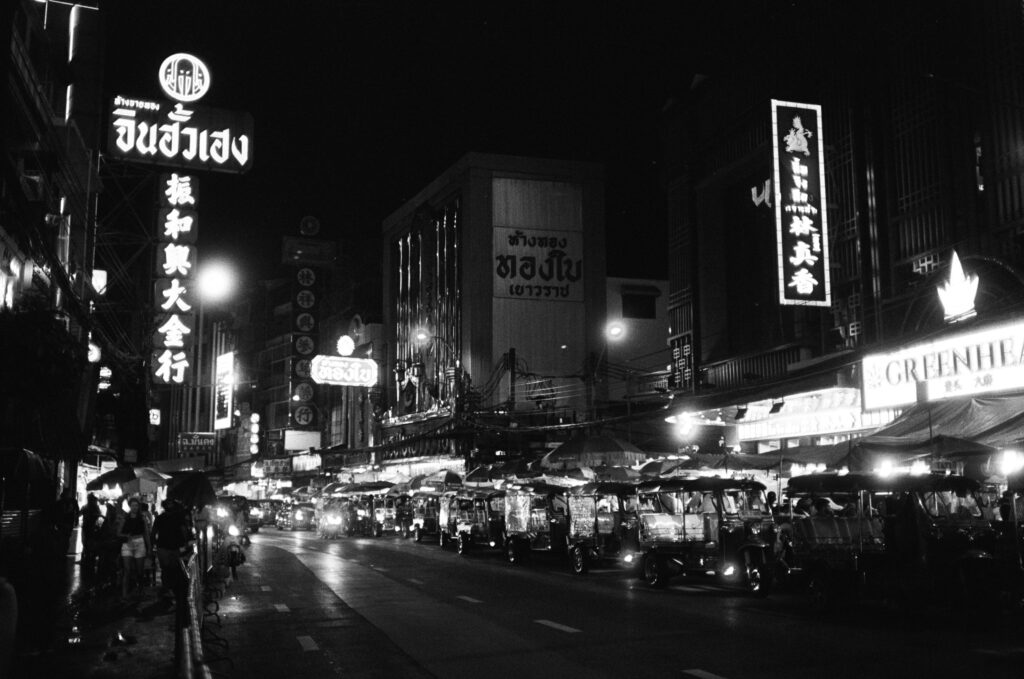


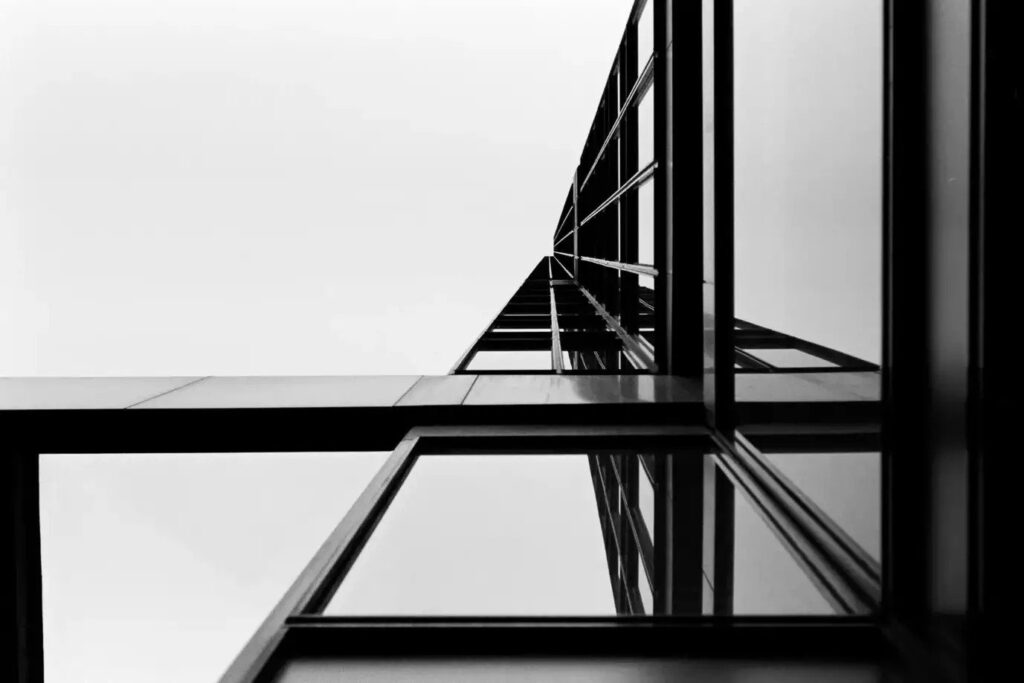


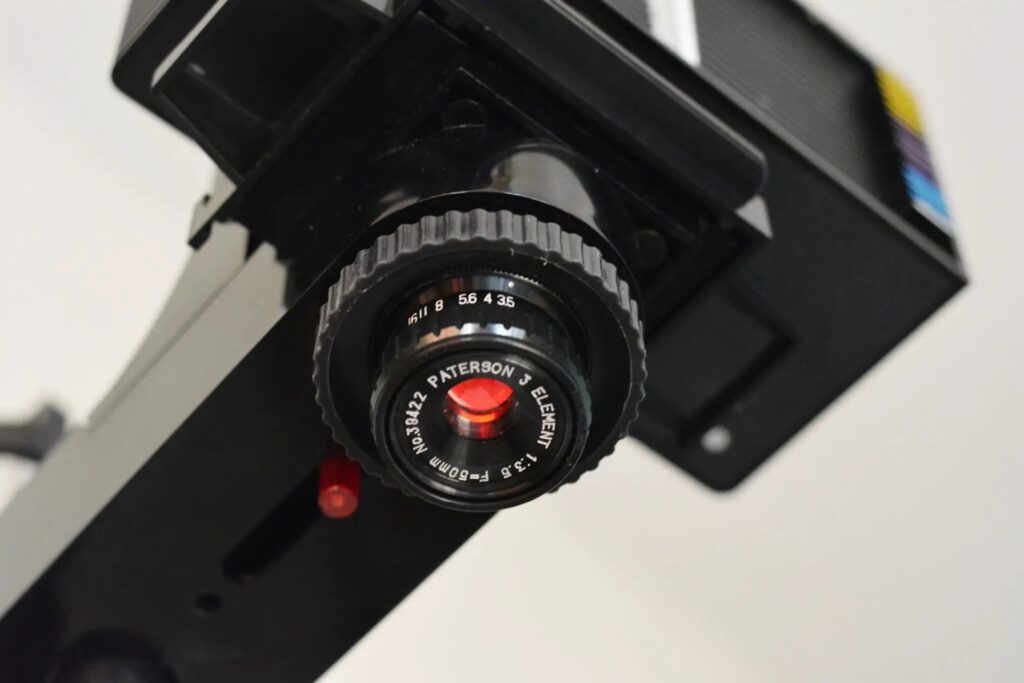
Comments
Thomas Wolstenholme on Kodak Aerochrome – And the Economics of Shooting this Unusual Film Stock
Comment posted: 31/07/2025
Comment posted: 31/07/2025
Mùa đông Mùa đông on Kodak Aerochrome – And the Economics of Shooting this Unusual Film Stock
Comment posted: 31/07/2025
Gary Smith on Kodak Aerochrome – And the Economics of Shooting this Unusual Film Stock
Comment posted: 31/07/2025
I assumed (and then looked up Aerochrome) to verify that it is an IR stock.
I decided to convert one of my digital cameras to 590nm to get IR false color shot. It works great but you have to understand what happens and as you noted: it is kind of a gimmick. While I have never calculated the conversion cost divided by the number of keepers I've gotten from the converted camera, it could easily work out to $40 a pop.
Thanks for your post!
Comment posted: 31/07/2025
Comment posted: 31/07/2025
Comment posted: 31/07/2025